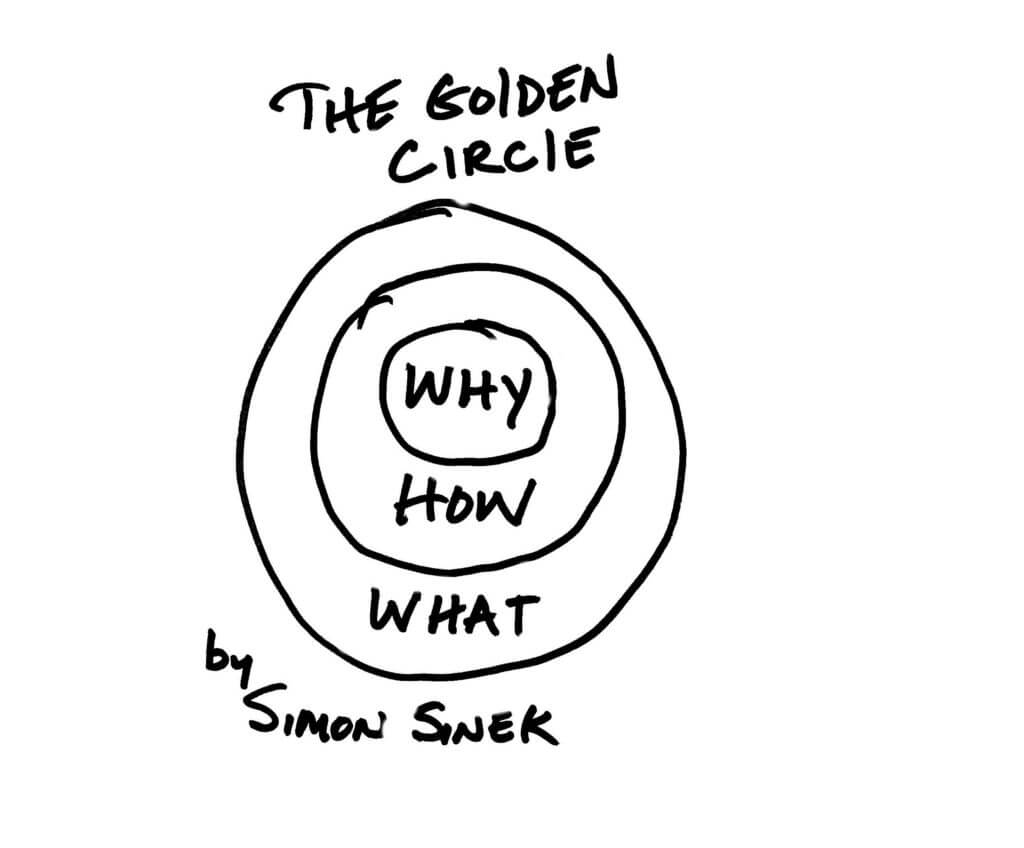The approach that distinguishes TSW starts from listening and sharing, with the aim of simplifying and re-evaluating the experience of people, in any context, place, moment.
But why do we do it? What is the lever that led us to adopt a multidisciplinary method to work towards the continuous improvement of people’s experience?
When every type of activity is carried out, one should always ask why one does it, to go deep and be justified by a noble and authentic motive. As the cultural anthropologist Simon Sinek says in his 2009 book “Start With Why”, the deepest brand experiences are defined by an approach that “starts from why”, because consumers (who we prefer to call “people”) are pushed always with a deep motivation, often unconscious and implicit, difficult to explain in words, difficult to translate. Even when they come into contact with brands, in all its manifestations: from digital interfaces to objects and services.
TSW and people’s experiences: starting from why
The “Golden Circle” metaphor of Simon Sinek is useful to understand the process that leads people to make their own decisions, and on the other hand to explain how companies work.

People have three levels of interaction with their own decisions: “what“, an expression of rational and analytical thinking, which explains what people want in a linear and logical way, which can be summarized precisely; the “how“, which explains the approach and the ways in which an action or decision is justified, and the “WHY“, linked to people’s emotions and unconscious motivations. The most effective marketing actions are those that resonate with people’s emotions, capable of inspiring people to action, able to offer assonance between the values of a brand and the values of a person.
If the “what” therefore defines the functional motivation of an action, the “why” explains its unconscious motivation. The same reasoning can be made starting from the perspectives of the companies, which work for people: the “what” explains what a company does, therefore its own offer; “how” explains how the company brings its offer to market, in terms of distinctive tangible or intangible features, while “why” explains the purpose, the raison d’être, the cause, one’s “creed”.
The interweaving of these elements could allow the landing to new territories, where functionality (what), modality (how) and motivation (why) go in the same direction and take on a new substance and a new form.
What identifies the value of a person’s experience?
TSW, with its approach oriented towards observation and listening and with the help of neurometric techniques, is able to study people’s experiences and project them towards continuous improvement, thanks to their returns while we live together with them experience itself. TSW researchers, through listening, have the role of witnessing and preserving the value formed in the generation of experience.
If a person finds it difficult to interact with a platform, we identify the barriers from the behavioral, decision-making and cognitive point of view, and work to break them down. If a group of people, viewing an advertisement, does not associate the same values that the company would like to convey with such communication, we advise the company how to create content more in line with people’s expectations and brand positioning.
And so on, in a continuous cycle where the improvement never ends, precisely because people’s needs change constantly and are variable according to the context of their feelings.
All this has a clear goal, and responds to our “why”: TSW improves the experiences starting from listening because this is what people want. Live fluid experiences, without hitches, where their implicit needs are at the center of fruition. And that’s how we help our client companies. We bring them to rediscover their original goal: being able to generate added value for the people who come to them.
We test and improve experiences with people, not just “for” people. We work with companies, not just “for” companies.
